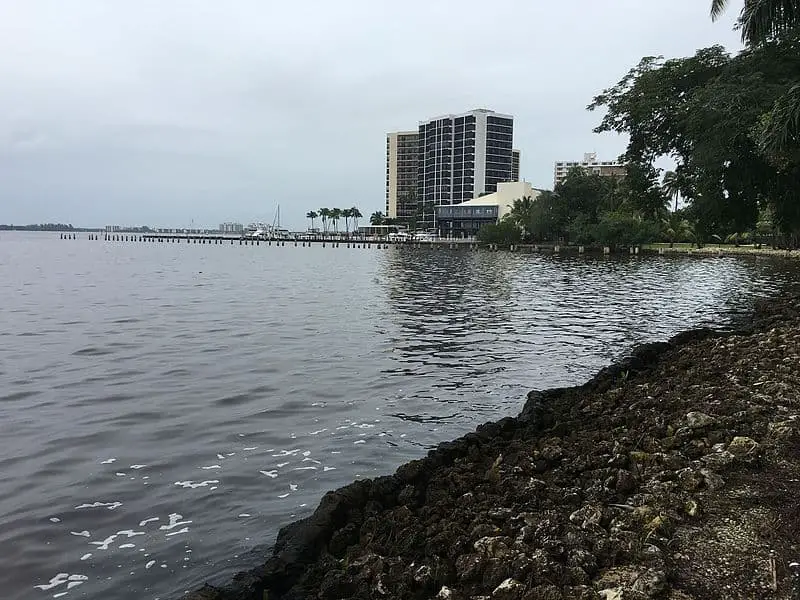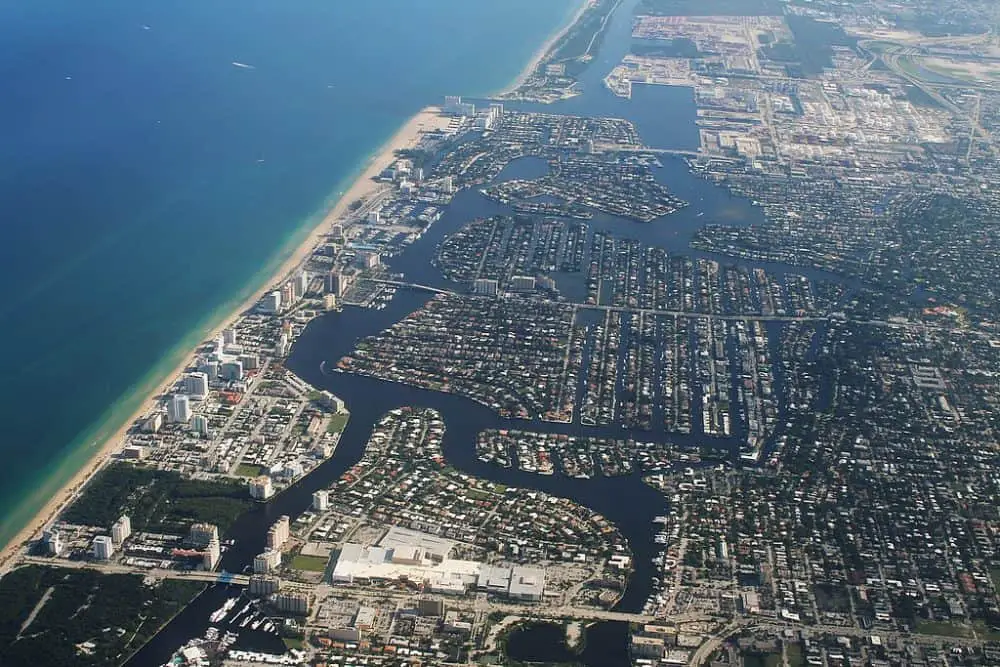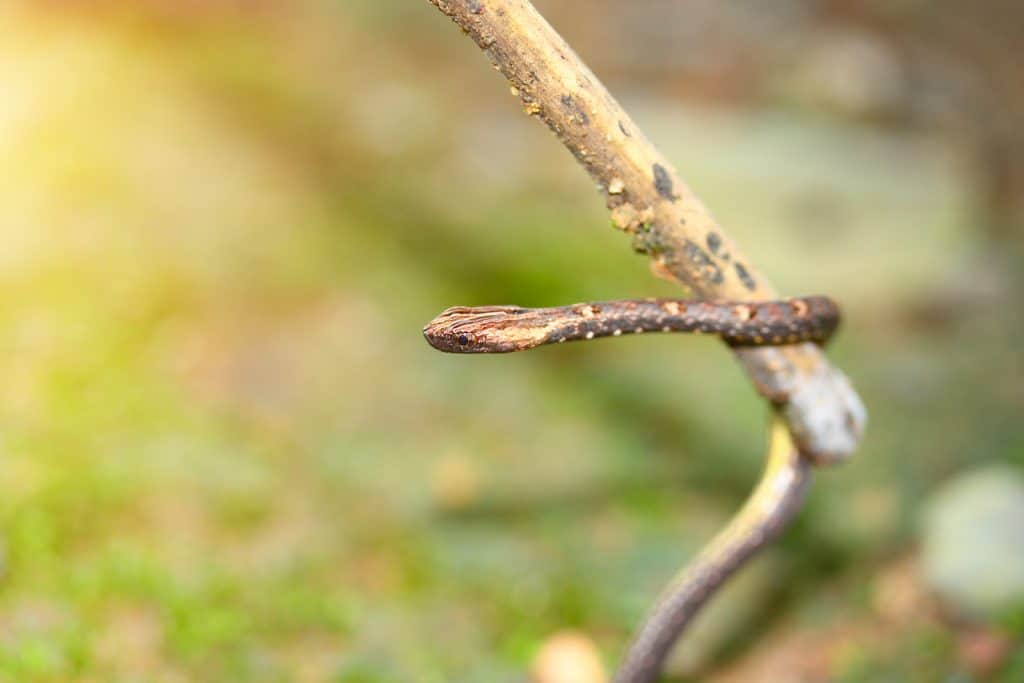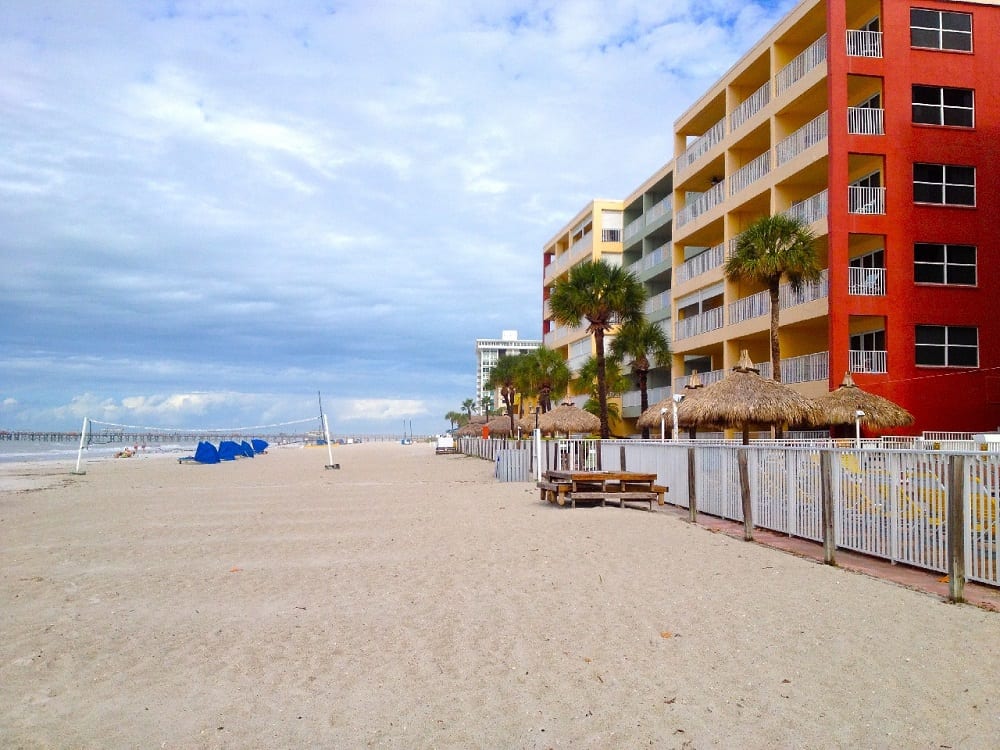- How deep is the Caloosahatchee River Florida?
- The Caloosahatchee River averages approximately 14 feet.
The Caloosahatchee River is one of the most popular rivers in Florida. Southwest Florida is where the Caloosahatchee River is located, on the Gulf West coast, and runs through Fort Myers and LaBelle.
Water from the river travels past LaBelle in a west-southwest direction until it reaches an estuary. The river is approximately 55 miles long and is a place for fishing, canoeing, kayaking, and swimming.
The Caloosahatchee River is also a great place to see wildlife. Many different species of wildlife can be seen along the river such as alligators, turtles, fish, and birds!
It expands in size as it approaches the gulf and travels via Cape Coral and Fort Myers. It then travels through San Carlos Bay, close to Sanibel Island, and into the Gulf of Mexico.
The Caloosahatchee River is regarded as one of the gems of the west coast, which is another intriguing piece of information about it.
Both locals and visitors love its picturesque scenery.
Additionally, the health of the river is essential to the way of life of its inhabitants, which is why the South Florida Water Management District places a high priority on planning regarding the protection and improvement of its watershed.
The Caloosahatchee River endured a number of changes throughout history that altered its hydrology. Now that more freshwater can enter its basin as a result of heavy rainfall, the river’s salinity and water quality are worsened, harming the ecology.
The river is also home to several endangered species of fish and animals, making it an important area for conservation.
How do we know if the Caloosahatchee River is fresh water?
In the late nineteenth century, the Caloosahatchee River underwent significant modifications. Once a shallow and crooked river, it was widened and connected with Lake Okeechobee and the Kissimmee Chain of Lakes.
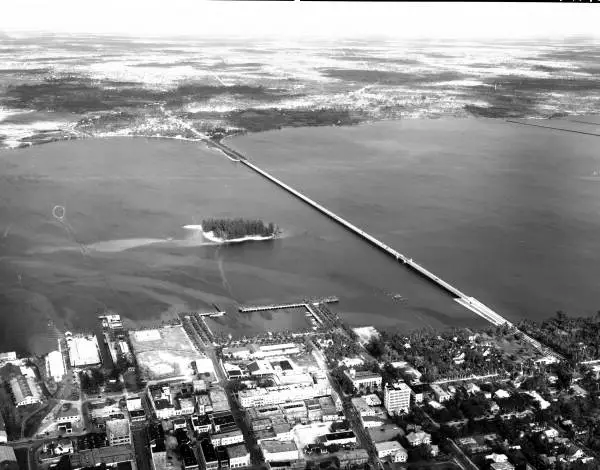
In addition to the lake, the Caloosahatchee River is also fed by several canal systems. These canals provide spawning grounds for big river bass.
The Caloosahatchee Canal connects Lake Hicpochee and Lake Okeechobee and provides continuous navigation from the lake.
The Caloosahatchee Estuary and its surrounding waters are of great ecological and economic value. The South Florida Water Management District has prioritized the restoration of this watershed.
Historical modifications to the river have altered the hydrology of the region. Heavy rainfall can bring large influxes of fresh water into the estuary.
This increased freshwater flow can affect the salt levels in the estuary and lead to detrimental environmental impacts.
The Caloosahatchee River has two major sources of freshwater:
- Lake Okeechobee
- The S-79 lock and dam
Each of these two sources contributes different amounts to the river’s discharge to the estuary.
Combined, they produce about 50% of the freshwater in the river’s estuary.
While these water bodies are not entirely fresh, the recent decline in microbial assemblages and other microbes has many implications for the estuary’s ecosystem.
A large part of this decline can be attributed to environmental stress. The river was exposed to large releases from Lake Okeechobee during the wet El Nino dry season. As a result, the abundance of SAV was reduced.
Swimmers Beware: Sharks may be in the Caloosahatchee River
Yes. The river is home to several types of sharks. Some species are smaller than others. These include bull sharks, which can grow to fourteen feet long.
Most of these species live only a few years in fresh water.
The Caloosahatchee River has an average depth of 4.3 meters, making it suitable for boating. However, people must be cautious about sharks.
The tidal nature of the river causes its salinity to fluctuate. Consequently, some animals are sensitive to salt.
A bull shark’s jaw can generate 1,330 pounds of force. That is about twice as much force as a great white shark.
One of the largest bull sharks was recently involved in a fatal shark attack in the Tampa Bay area.
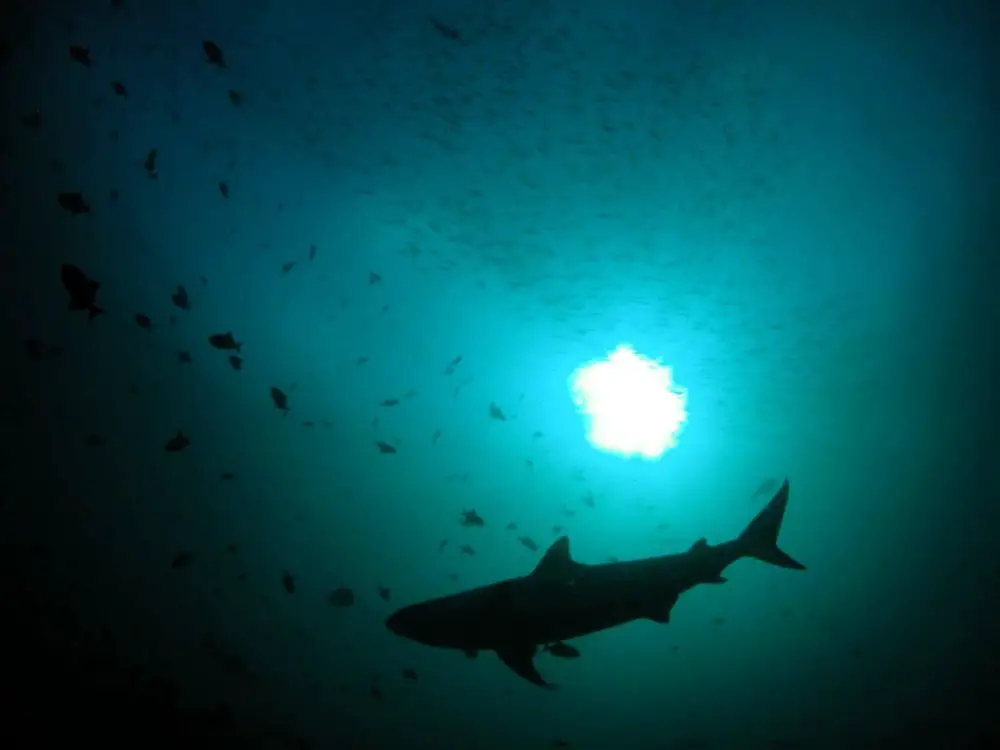
While shark attacks are rare in the Caloosahatchee River, shark attacks have been reported in the area.
However, it is still important to take care of yourself and your loved ones from shark attacks. This is especially true if you’re planning a fishing trip to the area.
A good way to avoid these dangerous sharks is to keep your distance from the water.
The Florida Fish and Wildlife Commission is considering better management of shore-based shark fishing. In the future, the FWC may require a permit, prohibiting chumming from the shore, and changing the rules for fishing.
A streamlined approach could help protect the local population of sharks.
The Caloosahatchee River is an important area for shark research. There are multiple species of sharks in the waterway, including the blacktip reef shark.
The study will be useful for developing conservation plans for the river. This is an important step in the conservation process.
What fish can you catch in the Caloosahatchee River Florida?
Offshore fishing is very popular in this area.
The Caloosahatchee River’s salinity varies from time to time, notably depending on how much rain falls in the region. It is a tidal river, meaning that depending on the tide, saltwater moves either upstream or downstream.
The local wildlife and aquatic vegetation have developed coping mechanisms for these changes.
The river’s fluctuating salinity level has drawbacks. Salinity rises upstream when there is little rainfall in the area, which may have a negative impact on freshwater creatures. On the other side, if it rains excessively, freshwater will swell upstream and endanger salt-tolerant species.
Even yet, there are still a variety of fish species in the Caloosahatchee River, which is fantastic for hunters and fishermen both!
These fish species include spotted seatrout, bull shark, crevalle jack, tarpon, red drum, black drum, largemouth bass, and common snook.

Fishing is still good in the Caloosahatchee River. You can find Spanish mackerel and bluefish along the Franklin Locks. You can also catch black drums and tarpon with big plugs. However, redfish and snook are slow, and the recent tournament has affected the fish population.
One of the well-known game species that can be caught in the Caloosahatchee River is the bull shark. It is best to use a light tackle on this species because it has strong stamina and is a tough fighter.
Additionally, you can use bait casting because it accepts both live and dead baits, particularly a fresh barracuda.
Crevalle jacks, on the other hand, are active feeders and, when they are in a certain place, they will appear to be boiling, which makes them easier to locate.
This fish is easily caught using the bait casting technique since it is attracted to live bait.
A useful technique is also the heavy tackle.
According to the height and width of the fish, you want to catch, use 20–40 pounds of monofilament leader and spool 200 yards of line.
The Caloosahatchee River is 14 feet deep on average. Because of this, offshore fishing is well-liked in the region.
As you proceed down the river, boats, kayaks, and canoes can be employed to catch the best game.
Continuous travel from the Caloosahatchee to the Okeechobee Waterway system is possible because to the Caloosahatchee Canal, which runs for five miles (8 km) between Lake Hicpochee and Lake Okeechobee.
The hydrology of the river has been significantly changed since the late 19th century as a result of dredging and channelizing the river, as well as the artificial link to Lake Okeechobee and its usage as a water source for urban and agricultural services.
The huge Caloosahatchee River, which runs 67 miles from the town of Alva to San Carlos Bay on Sanibel Island, is best encountered there. Alva, the region’s founding municipality, has river water running through its veins.
The 1886 Alva Methodist Church and the 1909 library-turned-museum on the riverbanks serve as reminders of its glory days.
A kayak excursion that departs at Caloosahatchee Regional Park travels along the river to Hickey Creek Mitigation Park, a favorite of walkers and bird watchers.
The Franklin Locks, which are close by, offer recreational opportunities, including a bathing area, boat launch, and picnic areas on the south side and a campground in the north park.
The Caloosahatchee flows past the historic communities of Fort Denaud and LaBelle as it makes its way to the Big O further upstream.
The Swamp Cabbage Festival has been held at the charming, riverfront park in LaBelle for 50 years. Since the Calusa tribe, for whom the river is named, people have traveled between states on these waters.
Are Dolphins known to swim in the Caloosahatchee River?
You can catch glimpses of dolphins chasing schools of fish at a distance. The river is full of freshwater during the summer rainy season, so dolphins can become exposed to it and suffer health problems.
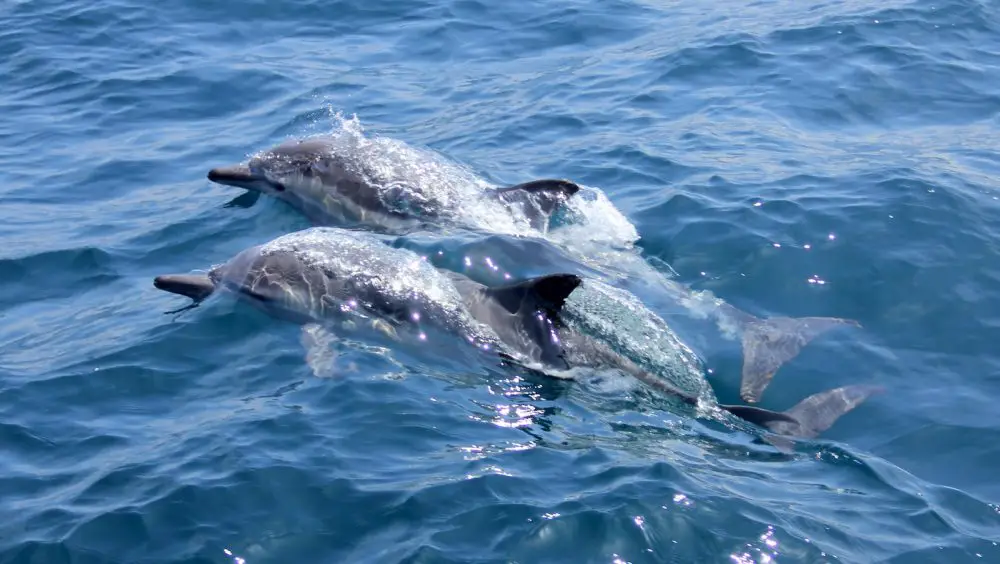
However, other dolphins spotted in the river appear to be unaffected by this.
There are also several tours that allow people to interact with dolphins. Some boats are equipped with cameras, but it’s important to keep your distance so you don’t disturb them.
Some dolphins come up to the boats and jump in the wake.
However, you should be aware that this may interfere with the dolphins’ rest and feeding. Dolphin SMART programs will help prevent boaters from interfering with dolphin behavior.
Some boaters don’t give dolphins enough time to signal their intentions to stop by, so they plow into pods.
But you can also give them time to show their signs by slowing down, adjusting your speed, and leaving a safe distance. If they’re agitated, they’ll slap their tails against the water.
While you can’t swim with dolphins in the Caloosahatchee River, you can observe them from a distance.
You can find dolphins in the area throughout the year, although you’ll most likely see them during the winter months. If you’re unsure whether dolphins live in the area, consider a dolphin-watching tour.
Does the pollution of the Caloosahatchee River pose a significant threat to public health?
Is the Caloosahatchee River Polluted? The Caloosahatchee River receives agricultural runoff from Lake Okeechobee. This runoff has caused algae to grow in the river and extend to the Gulf of Mexico and the Florida Keys.
The watershed also suffers from runoff from overdevelopment and cattle grazing.
The Caloosahatchee River is also affected by the citrus greening disease, which has lowered South Florida’s orange crop by 70 percent. It is thought that overuse and climate change are contributing to this problem.
The University of Florida conducted a study that examined the Caloosahatchee River. They studied long-term data from water-quality databases and compared it to the intensity of red tide blooms.
The study found a significant relationship between the amount of nitrogen entering the river and the severity of red tide blooms.
Environmental investigators are trying to find the source of the dirty water entering the Caloosahatchee River.
The solution to the lake’s pollution problem is to clean it up. Pretending it is OK and resorting to regional arguments do not help. The local press refers to the polluted lake discharge as “freshwater.” It is neither helpful nor productive.
Big Agriculture is also contributing to the problem. These water discharges are causing high nutrient levels, toxic algae blooms, and fish kills.
These changes are threatening the aquatic ecosystem in the Caloosahatchee Estuary. And it is not just the city of Miami that’s struggling with this problem.
The city has been implementing measures to clean up the river’s watershed. These efforts have included installing expensive pumps to return polluted water to the bay.
However, this has not prevented untreated runoff from polluting the bay further. This runoff is further degrading the watershed.
The Caloosahatchee in Southwest Florida
Once you move west of Alva, the river completely changes course, both literally and figuratively. Alva was rendered obsolete by the construction of Fort Myers, which is still the largest city along the Caloosahatchee today.
Fort Myers, once a crucial component of the cattle transportation business, received a major boost from Thomas Edison, another gift the river brought.
During the Caloosahatchee’s steamboat era, Edison traveled by boat to hunt for property where he might erect a winter residence and set up test gardens for his inventions.
He grabbed a bamboo plant he had in mind for a light bulb filament when he spotted a patch of land that was bamboo-lined. Henry Ford eventually joined him next door.
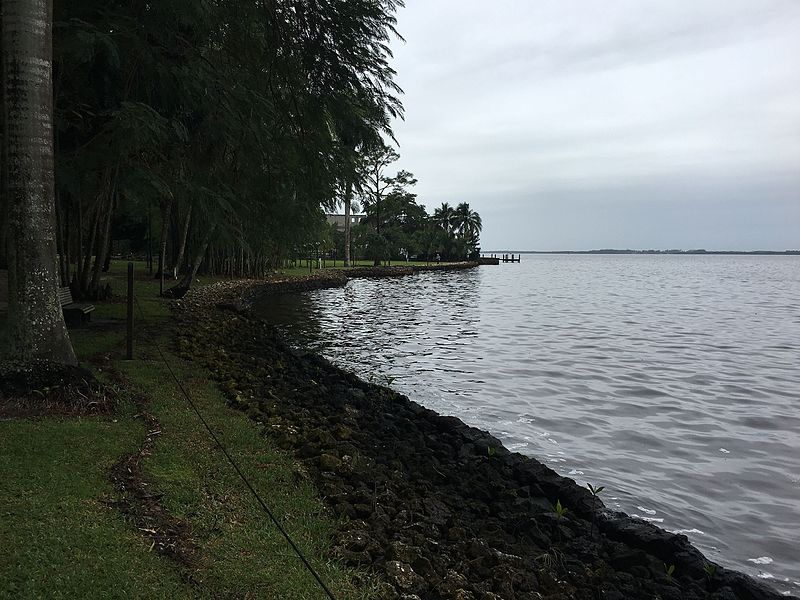
The most popular tourist destination in Fort Myers nowadays is Edison & Ford Winter Estates.
The Caloosahatchee’s southern banks are lined with downtown Fort Myers. The city’s most upscale riverfront neighborhoods are traversed by scenic McGregor Boulevard, which is surrounded by the royal palms Edison planted.
The northern shoreline and some of the best opportunities for dining and lodging within sight of the Caloosahatchee are claimed by North Fort Myers and Cape Coral.

